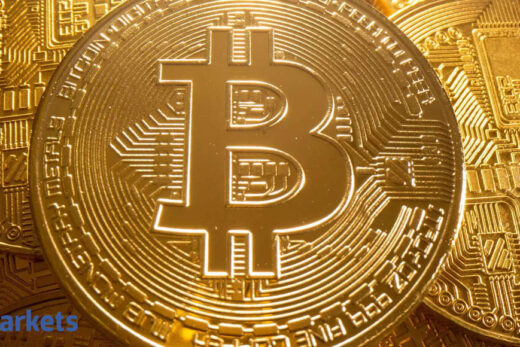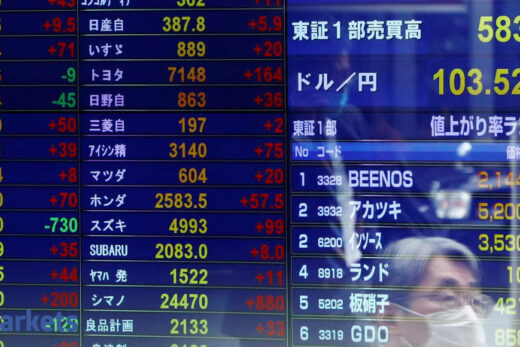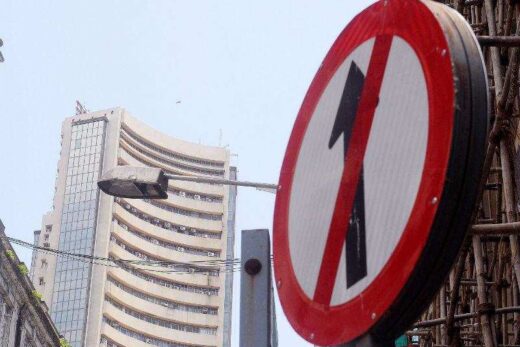The US 10-year Treasury bond yield spiked above the dreaded level of 1.5 per cent (bond yields rise when bond prices fall) on Thursday, in what some called a “taperless tantrum”. The rise in bond yields triggered a selloff on Wall Street overnight that reverberated globally today.
Stocks plummeted from Tokyo to London in a global readjustment to the possibility that a strong-than-expected rebound in the global and US economies will force US Federal Reserve Chief Jerome Powell to tighten policy earlier than the central bank wants to.
Powell has repeatedly stressed that the central bank is in no position to take the foot off the bond purchase accelerator as economic recovery remains fragile.
“We think this will be short-lived. I don’t think any spikes in inflation will last too long… the global economy is much more efficient now for persistently high inflation to stick,” said Deepak Shenoy, founder and portfolio manager at Capital Mind.
Shenoy asserted that central banks are in no position to raise interest rates right now because they cannot be held high through a recovery. “If you raise interest rates now it will basically stunt the recovery,” Shenoy said.
Money managers believe the current scenario in the equity market reflects how unsustainably high valuations had become that normalisation in US Treasury yields to their pre-pandemic levels has resulted in such a violent reaction.
“The fact that stocks are being bothered by 10-year rates still sub-1.5 per cent tells you how frothy this whole thing really is,” said Otavio Costa, portfolio manager at Crescat Capital.
It is pertinent to note that despite the increase in global and domestic bond yields over the past 10 days, the Nifty50 index is off merely 5 per cent from its lifetime high hit earlier this month.
Any increase in bond yields makes equity valuations appear richer because money managers use the yield of a government bond — which is considered the safest asset — to form their return expectation. A higher yield on a safe asset makes investors demand a higher return from riskier assets such as equities.
Some market participants suggested that the increase in yields will help cut the froth in equity valuations that has been visible lately. The Nifty50, prior to Friday’s selloff, was quoting a record high one-year forward price-to-earnings (P/E) ratio.
From a fundamental standpoint, fund managers argued that the risk to earnings growth remains minimal in the face of subdued COVID-19 cases, the rollout of vaccines in most parts of the country, and the improving demand scenario.
Currently, analysts expect Nifty50 earnings to grow 20 per cent annually till 2022-23. “Growth is clearly here and even if one were to believe that central banks will raise interest rates later, I think investors can live with it,” said Daljit Singh Kohli, chief investment officer at Stockaxis.
“We will use this opportunity to buy once we see a 2-3 per cent more correction from here,” he added.



